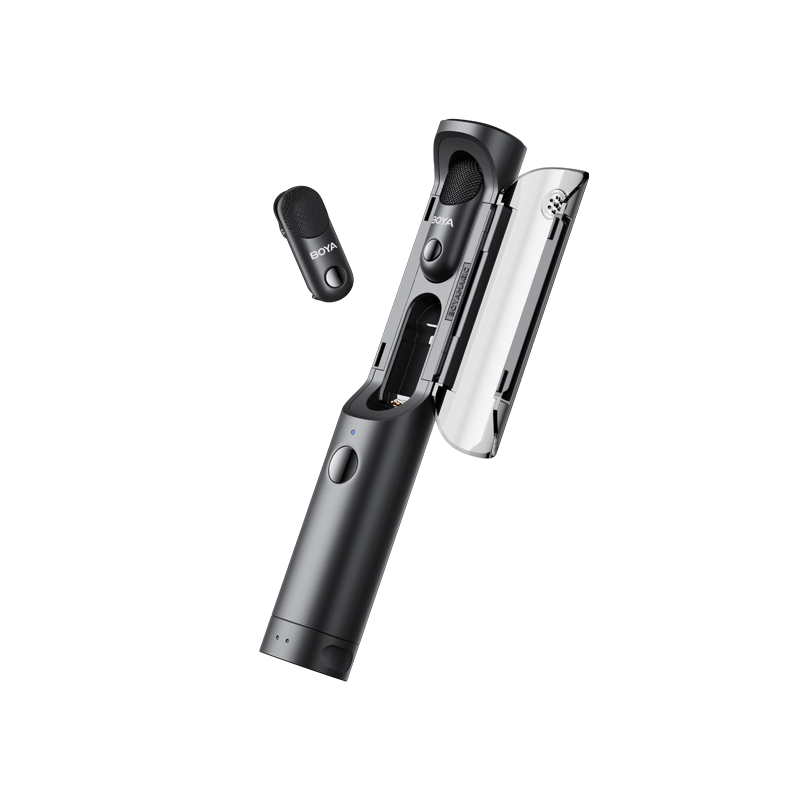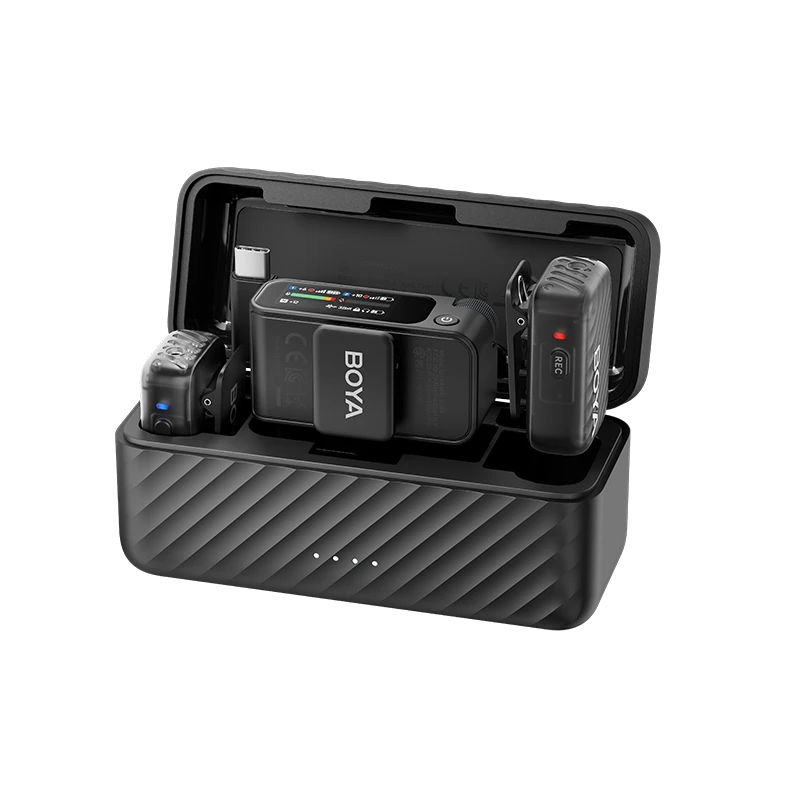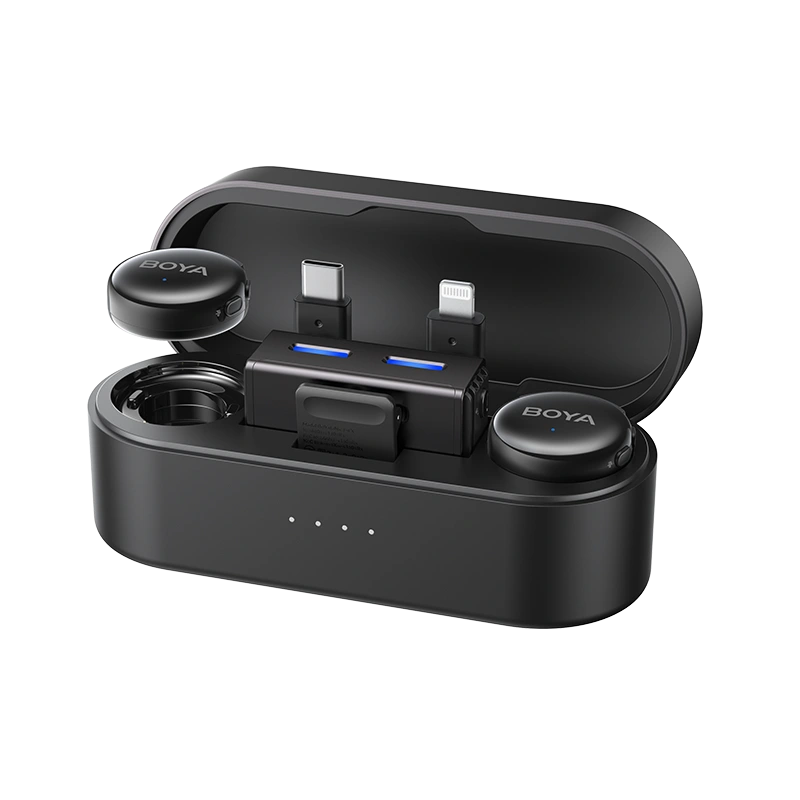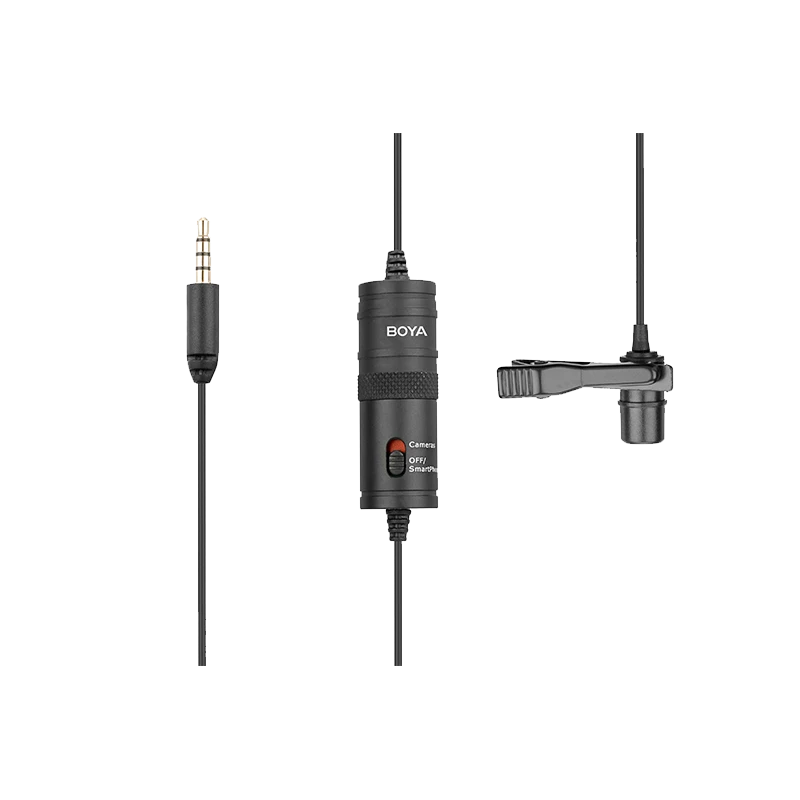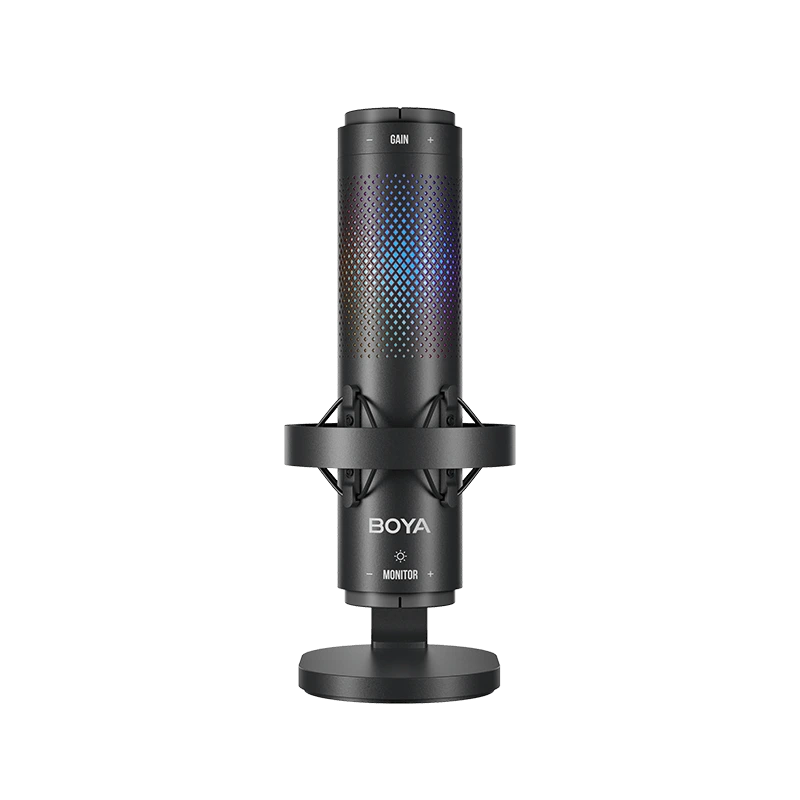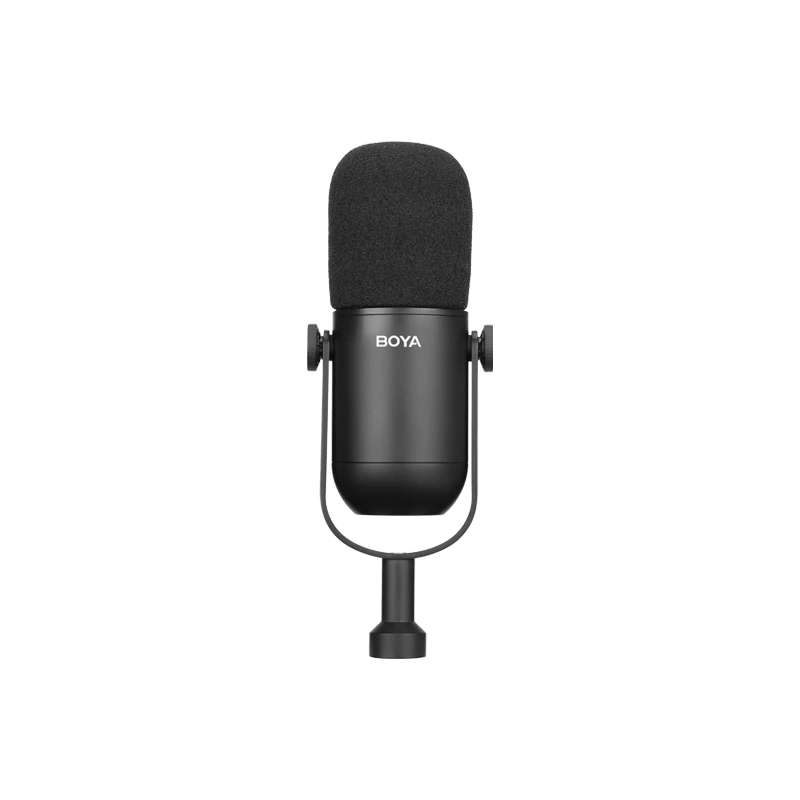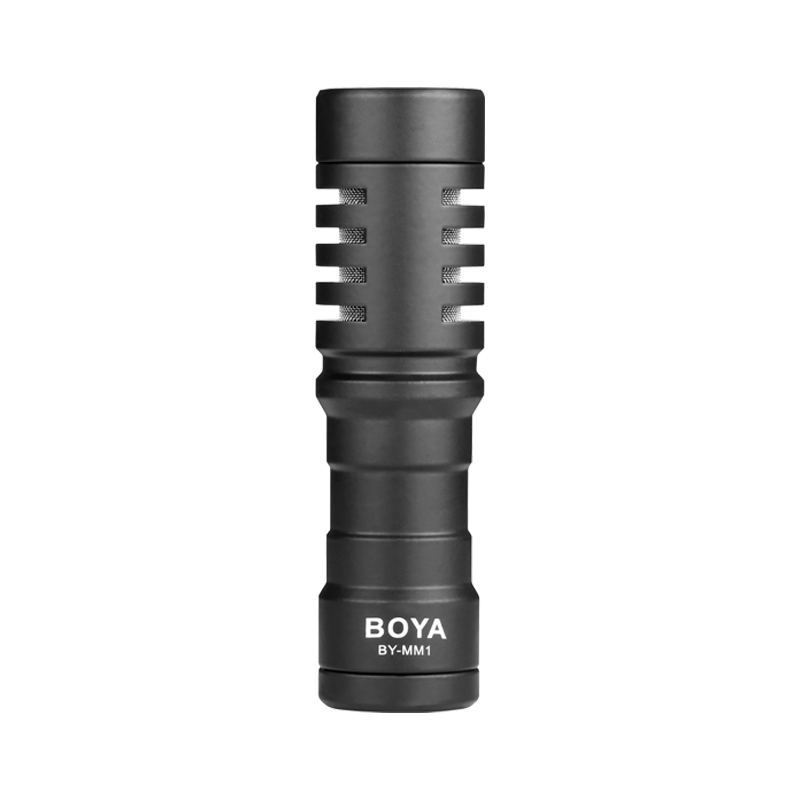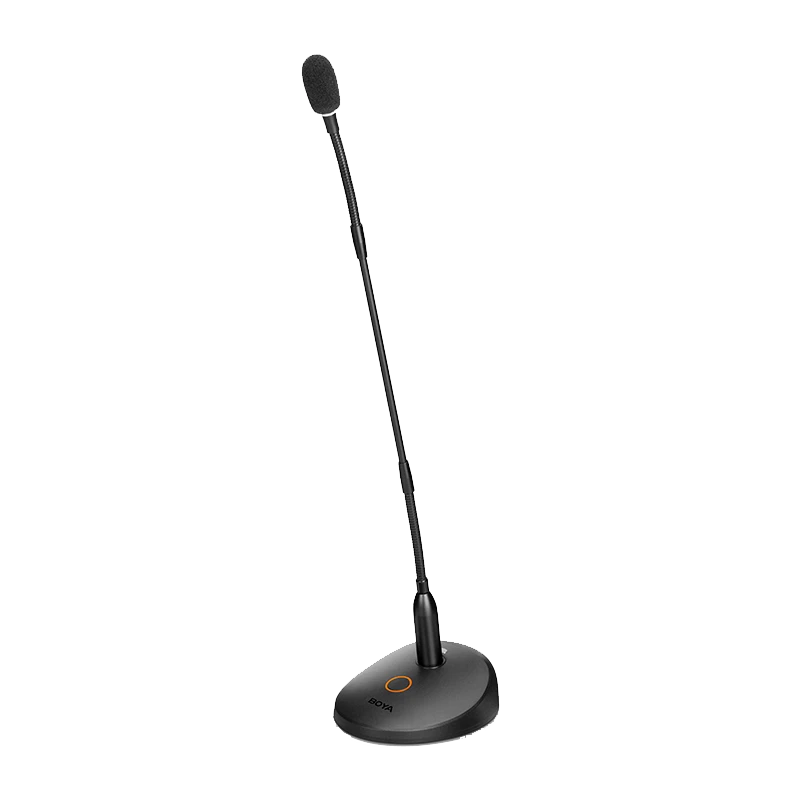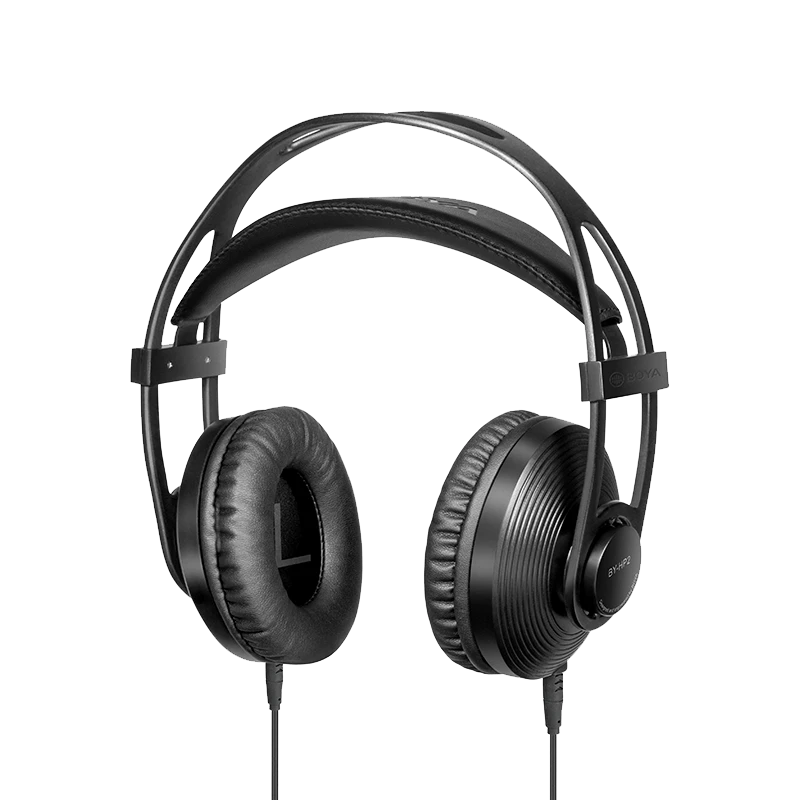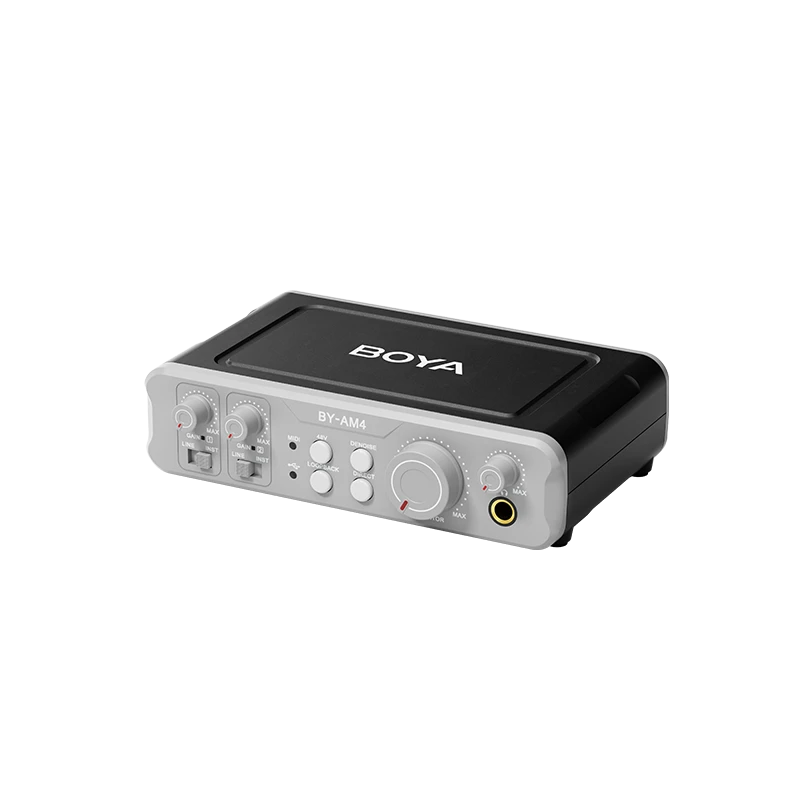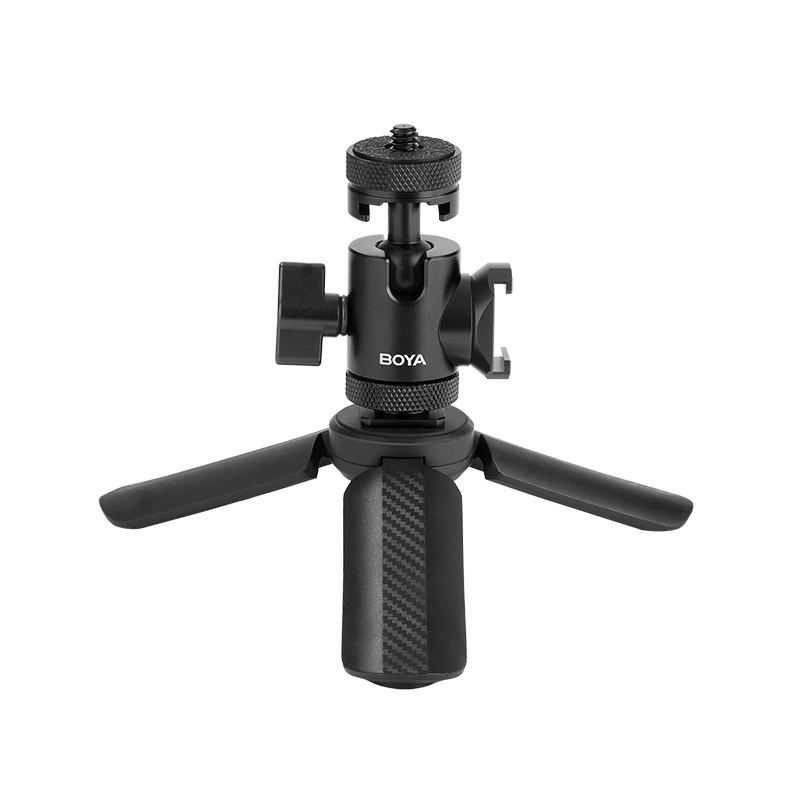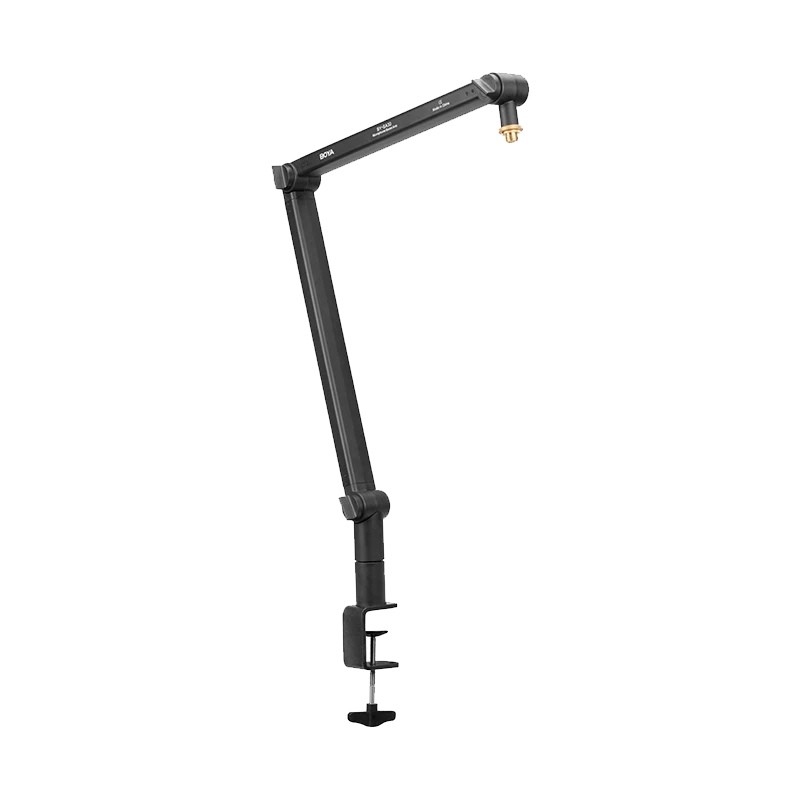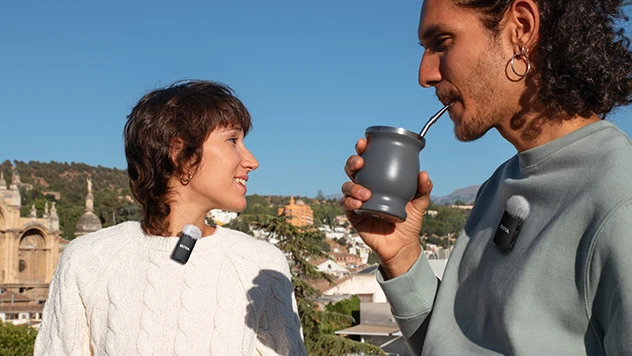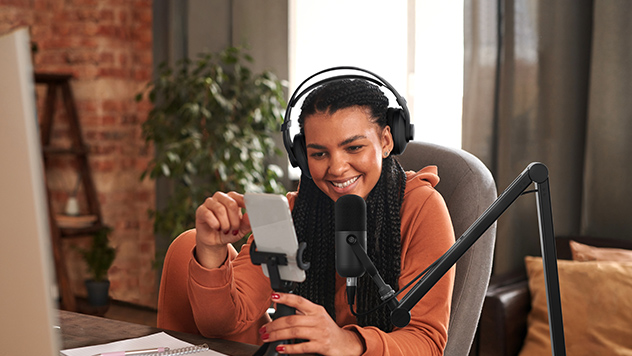In the world of professional audio and sensor design, engineers are constantly pursuing the ultimate sound quality. When evaluating a microphone's quality, two core metrics are inescapable: Maximum Sound Pressure Level (Max SPL) and Signal-to-Noise Ratio (SNR). The former represents how "loud" a sound the microphone can handle (overload resistance), while the latter determines how "quiet" the details it can capture (clarity).
However, a long-standing challenge for both designers and users is why these two crucial parameters are often mutually exclusive. A microphone with exceptional Max SPL often compromises on its SNR, and vice versa. This is not coincidental; it stems from fundamental conflicts in physical principles and circuit design, forming an unavoidable "seesaw" technical trade-off.
The true is: the trade-off between a microphone's Max SPL (overload capacity) and SNR (ability to capture subtle details) is a fundamental reality of physics, not a marketing gimmick. This doesn't mean you "can't have your cake and eat it too," but rather: achieving top-tier performance in both Max SPL and SNR simultaneously increases the design difficulty, manufacturing cost, and technical complexity exponentially.
This article will delve into the physics and electronic conflicts behind this acoustic design paradox, discuss the impact of this trade-off across different application scenarios, and provide targeted purchasing advice, from consumer-grade to professional-grade microphones.

Core Concepts: Max SPL, SNR, and Dynamic Range
Max SPL: The Sound Ceiling
Max SPL is the critical metric for measuring a microphone's overload tolerance, acting as the signal's "ceiling."
- Definition: The maximum sound intensity a microphone can clearly pick up and convert without exceeding a specified level of distortion (industry standard is usually 1% or 3% THD, Total Harmonic Distortion).
- Significance: Max SPL determines the microphone's ability to resist "clipping" or distortion. It is crucial for recording high-pressure sources like drum kits and guitar amplifiers. If you want to dive deeper into this key parameter, read this article on understanding microphone max SPL.
SNR and Self-Noise: The Noise Floor
SNR is the key indicator of a microphone's clarity.
- Definition: The ratio between the useful signal output at a standard sound pressure (94 dB SPL) and the microphone's own generated Self-Noise (or EIN, Equivalent Input Noise).
- Significance: SNR determines the microphone's ability to "hear whispers." A high SNR means the microphone's "noise floor" is low, which is essential for achieving high-fidelity recording and capturing subtle sonic details.
Dynamic Range: The Ultimate Performance Metric
Dynamic Range is the final result of Max SPL and Self-Noise working together.
- Formula: Dynamic Range ≈ Max SPL - Self-Noise (Equivalent SPL)
- Essence: It represents the entire usable range of sound levels a microphone can faithfully record, from the quietest usable signal to the loudest undistorted signal. The width of the dynamic range is the true measure of a microphone's overall performance.
Deep Conflict Between Sensitivity and Saturation
Why do Max SPL and SNR constrain each other? This stems from the fundamental structural and electronic contradictions within the microphone design.
Physical Constraints: Diaphragm Stiffness vs. Sensitivity
The diaphragm is the heart of the microphone, converting acoustic vibrations into electrical signals.
- Pursuing High Max SPL: Typically requires a thicker, stiffer, or higher-tension diaphragm. Such a diaphragm resists excessive deformation under massive sound pressure, preventing mechanical distortion. The trade-off is reduced sensitivity, making it less responsive to weak sound waves.
- Pursuing High SNR: Requires high sensitivity to weak signals, often demanding a lighter, thinner, and more flexible diaphragm to capture the slightest air vibrations. However, this type of diaphragm easily reaches its physical displacement limit under high sound pressure, leading to saturation and distortion.
Gain and Saturation Trade-off: Setting the Clipping Point
After the signal is converted by the diaphragm, it must pass through the internal preamplifier (Preamp).
- High SNR Path: To ensure the weak signal dominates the circuit's ambient noise, the designer increases the preamp gain. This is like turning up the volume knob—even a moderately loud sound can cause the signal to "hit the ceiling" (reach the circuit's voltage limit), resulting in clipping and lowering the effective Max SPL.
- High Max SPL Path: To accommodate extreme sound pressure, the designer reduces the preamp gain (often using a Pad). This provides significant Headroom for the signal, delaying the onset of clipping. However, the output signal level will be very low, closer to the circuit's noise floor, leading to poor SNR performance.

Application Scenarios
Understanding this trade-off guides us toward smart purchasing decisions. We should determine which parameter to prioritize based on the sound characteristics of the recording subject.
Scenario Selection and Parameter Focus
| Typical Use Case | Sound Characteristics | Performance Tendency Recommendation |
|---|---|---|
| Live Music/Band Vlogs or Concert Filming | Very high peaks, wide volume range, sudden loud sounds | Prioritize Max SPL (Overload Resistance) |
| Outdoor Vlogging in High Traffic / Public Spaces | Sustained high ambient noise, unexpected loud sounds (horns) | Prioritize Max SPL (Overload Resistance) |
| Professional Voiceover / Studio Narration | Requires absolute quiet and detail; very subtle vocal nuances | Prioritize SNR (Clarity / Low Self-Noise) |
| Indoor Tutorials / Quiet Streaming / Interviews | Low ambient noise, need to isolate subtle vocal nuances | Prioritize SNR (Clarity / Low Self-Noise) |
Product Recommendations: Balancing Max SPL and SNR
Balance is key in microphone selection. Below are product recommendations across different tiers, categorized by their Max SPL and SNR combination, to meet diverse creative needs:
| Product Tier | Model | Key Specs (SNR/Max SPL) | Focus and Recommended Scenarios |
|---|---|---|---|
| Consumer / High Balance | BOYA mini 2 | SNR 80 dB / Max SPL 120 dB | Balanced Configuration. Achieves a "critical balance" in the consumer category, ensuring clarity for daily recording while handling moderate-to-high SPL transients. |
| Prosumer / High Clarity | BOYA MIC2 | SNR > 90 dB / Max SPL 115 dB | Clarity Priority. Extremely high SNR (excellent noise floor control), ideal for quiet environments, far-field pickup, or vocal dialogue, sacrificing extreme overload capacity. |
| Flagship / Extreme Dynamic | Saramonic Ultra | SNR > 90 dB / Max SPL 130 dB | Maximum Dynamic Range. Achieves high SNR and high Max SPL simultaneously through professional design, suitable for demanding applications like film production sound or live band recording. |
Conclusion
The Max SPL vs. SNR trade-off is the central paradox in microphone design. Understanding this relationship is crucial for making informed choices. When purchasing or using a microphone, you should treat Dynamic Range as the ultimate metric, and first determine the primary need for your core application scenario:
- Do you need a partner that can "withstand the roar" (prioritizing Max SPL) to record high-pressure levels?
- Do you need a confidant that can "hear the whispers" (prioritizing SNR) to capture subtle details?
As technology continues to advance, the dynamic range of microphones will continue to expand. However, the art of balancing Max SPL and SNR will remain the core challenge for audio engineers striving for acoustic perfection.
To learn more about the latest news from BOYA, join in our official social media accounts: Facebook, Youtube, Instagram.
Frequently Asked Questions
How should I choose a balanced Max SPL and SNR microphone on a budget?
When on a budget, first identify your main use case:
- For recording vocals, streaming, or quiet indoor interviews: Prioritize high SNR (70 dB or higher) microphones, as self-noise is often harder to remove in post-production.
- For band rehearsal, outdoor vlogging, or live events: Prioritize high Max SPL (120 dB or higher) microphones, to prevent signal clipping, as distortion is generally more unacceptable than a low level of background noise.
A consumer-grade high-balance configuration (like BOYA mini 2) is an excellent starting point for versatility and value.
What is the difference between high SNR and low Self-Noise (EIN)?
They essentially describe the same thing from different perspectives:
- SNR: This is a ratio, calculated by subtracting the Self-Noise level from the 94 dB SPL reference signal level. Higher SNR is better.
- Self-Noise: Directly describes the acoustic pressure level produced by the microphone's own noise, typically measured in dB(A) A-weighted. Lower Self-Noise is better.
For example, a microphone with an SNR of 70 dB has a Self-Noise level of approximately 24 dB(A). Both are vital indicators of clarity.
How can I quickly determine if my microphone favors Max SPL or SNR?
Check the technical specifications:
- If the Max SPL is above 130 dB, it strongly favors Max SPL (overload resistance).
- If the SNR is above 70 dB or the Self-Noise is below 15 dB(A), it strongly favors SNR (clarity).
What is a MEMS microphone, and how does it differ from a professional condenser mic?
MEMS stands for Micro-Electro-Mechanical Systems. A MEMS microphone integrates a microscopic mechanical diaphragm, backplate, and necessary electronic circuitry onto a single silicon chip.
They are primarily used in small devices like smartphones and TWS earbuds. Compared to large professional condenser microphones, MEMS microphones offer the advantages of small size, high consistency, and low cost. However, constrained by their dimensions, their dynamic range often cannot surpass that of large-diaphragm, high-voltage-powered professional condenser mics.


